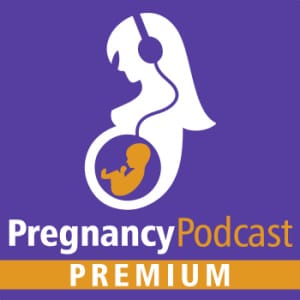Overview
There are over 100 herpes viruses. HSV-1 and HSV-2 are common skin conditions and affect a considerable portion of the population. According to the World Health Organization, an estimated 3.7 billion people under age 50 have HSV-1, and 491 million people under 50 have HSV-2. In the United States, approximately 22% of pregnant women have HSV-2. Most of these mothers have the virus before getting pregnant, and 2% of expecting mothers will acquire HSV-1 or HSV-2 during their pregnancy. Other than an occasional outbreak, no long-term adverse health outcomes exist in adults with HSV. Only about 5–15% of infected individuals report symptoms.
An HSV infection in a newborn can be a severe condition with detrimental effects. The good news is that transmission rates during pregnancy and birth are low. Learn how the herpes simplex virus can affect you and your baby during pregnancy, what medications are safe to use, and how to prevent transmission to your baby.

